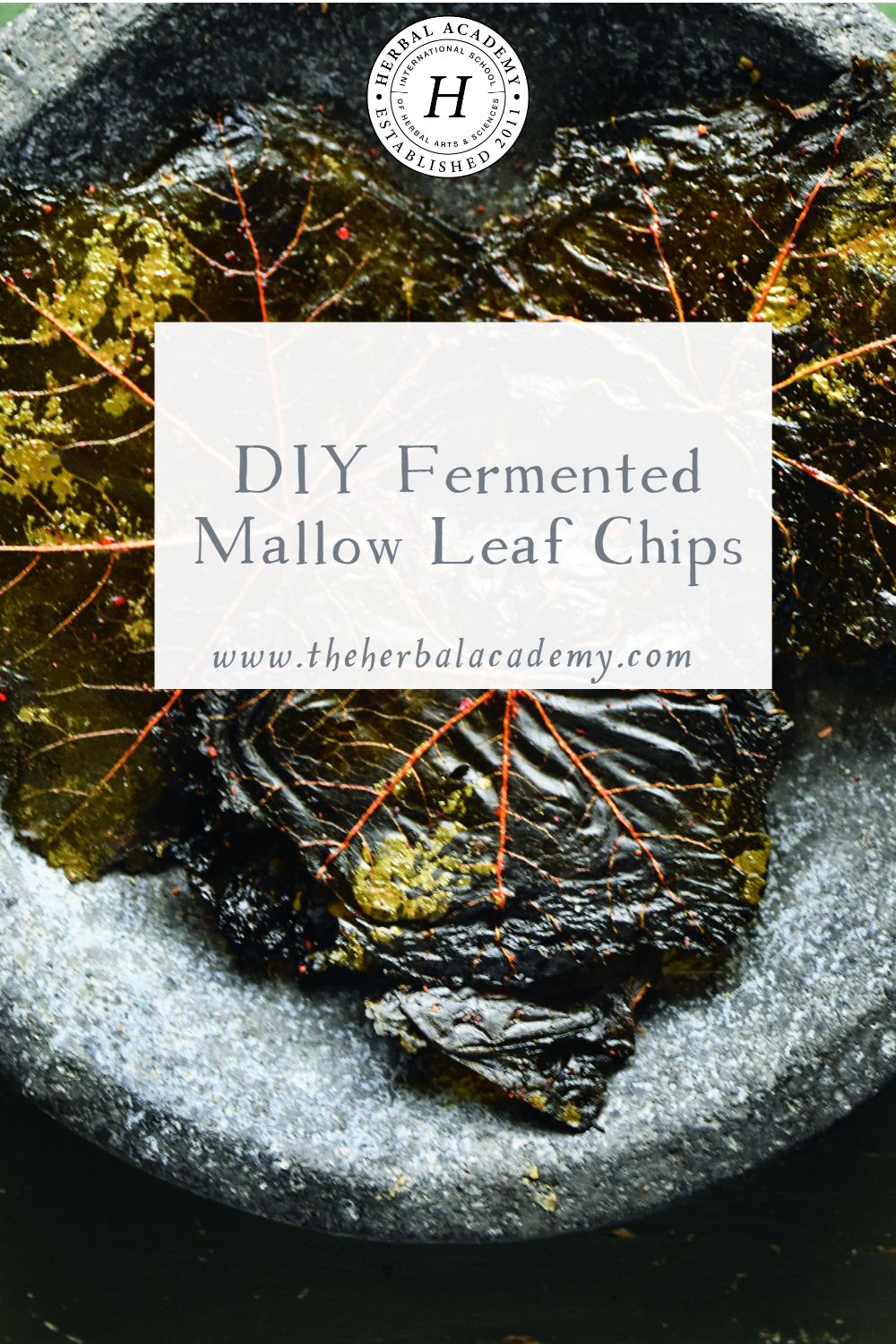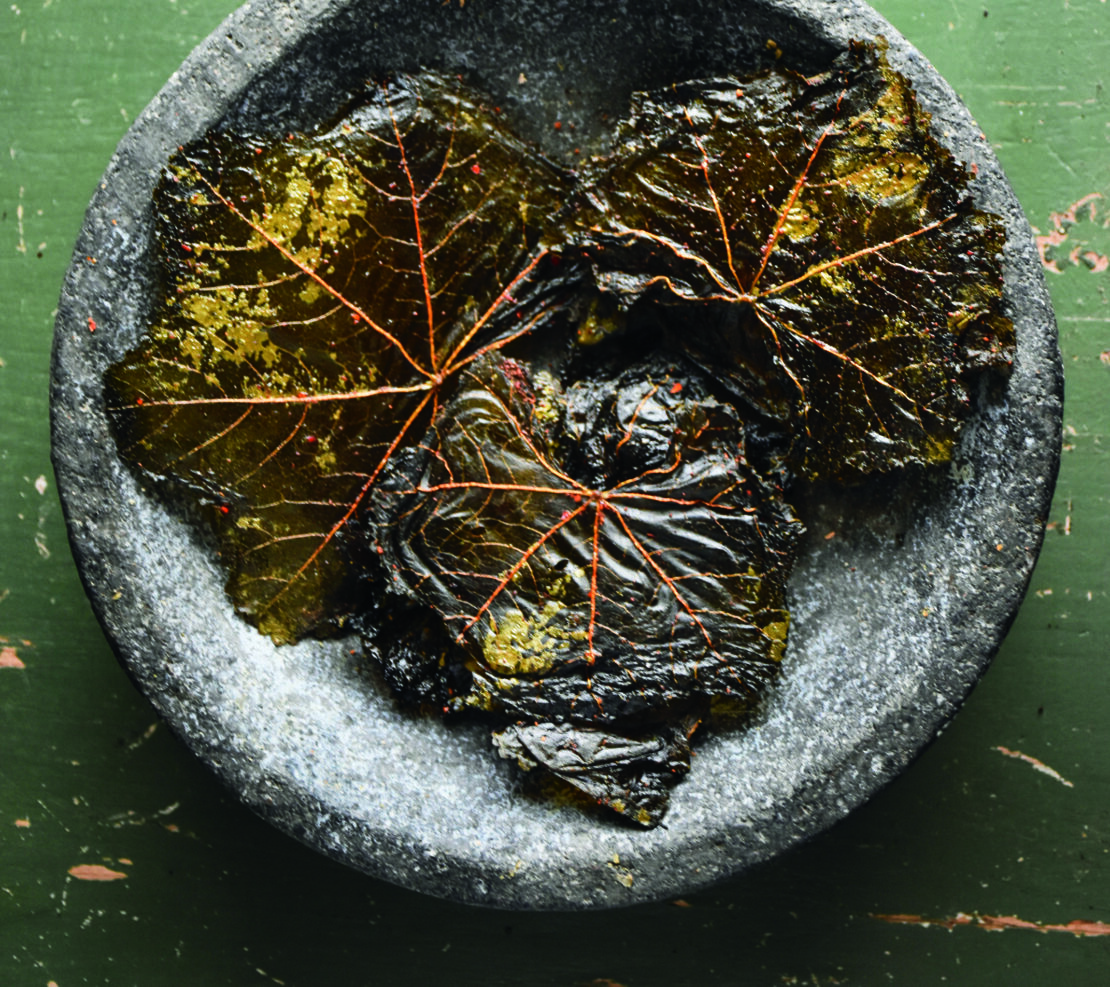
DIY Fermented Mallow Leaf Chips
The following excerpt and Fermented Mallow Leaf Chips recipe is from Pascal Baudar’s book Wildcrafted Fermentation (Chelsea Green Publishing, March 2020) and is reprinted with permission from the publisher.
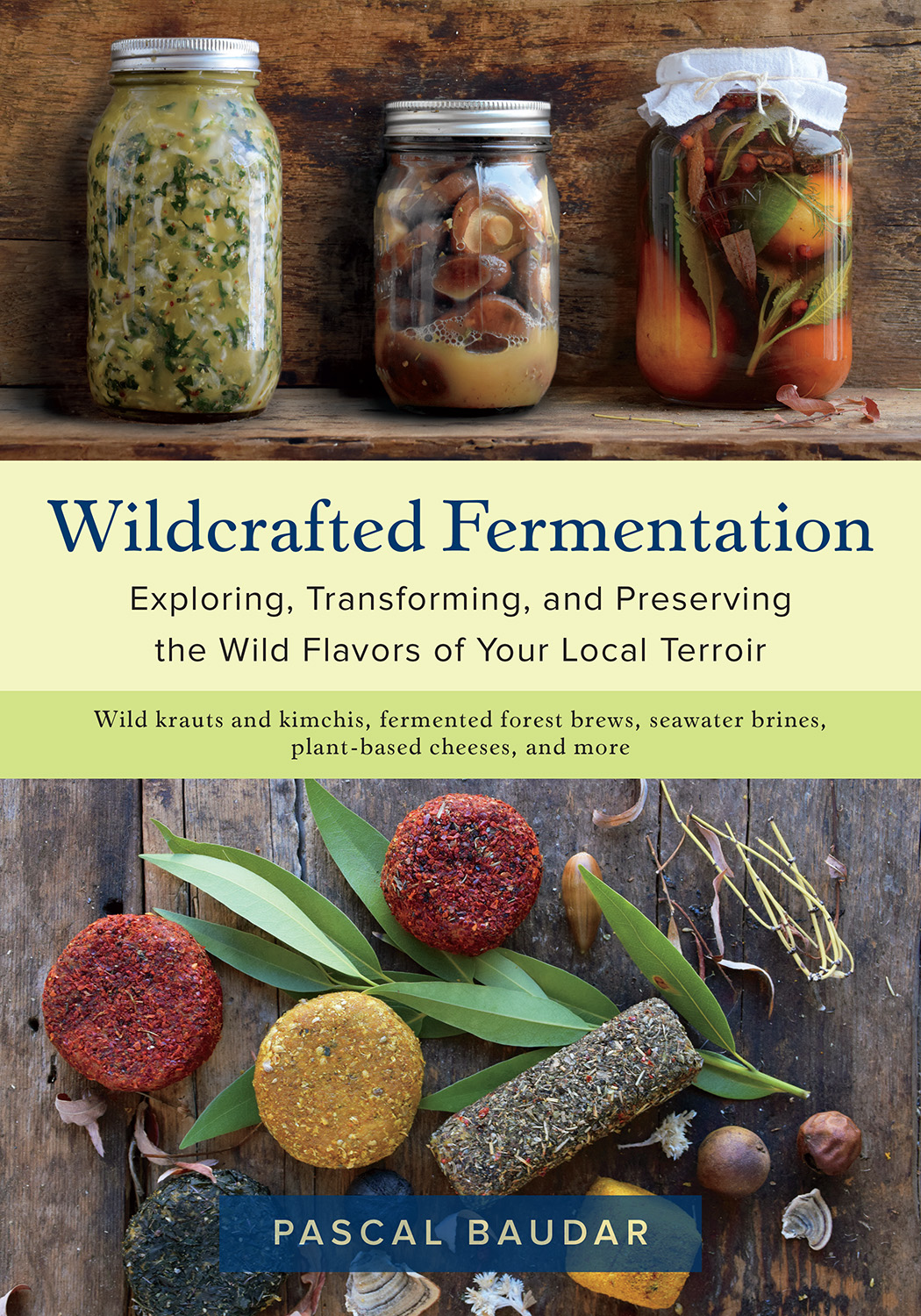
Snacking on kale leaf chips is one of my favorite pastimes and so, of course, I had to explore some possibilities with similar wildcrafted leaves. I tried all kinds; some were quite good, and some were so-so, but there are numerous culinary possibilities with wild food.
Locally, my favorite chips were made using mallow (Malva neglecta). They’re not only beautiful (albeit quite thin) but also have some nice flavors: salty—bitter—sour—spicy. Mustard leaves worked well, too, but are a bit bitter, which is usual—the results reminded me of gundruk. There are tons of other leaves I haven’t experimented with yet, such as lamb’s-quarters, nettles, and so on. I’m sure you can have fun with your local wild edibles.
Fermented Mallow Leaf Chips
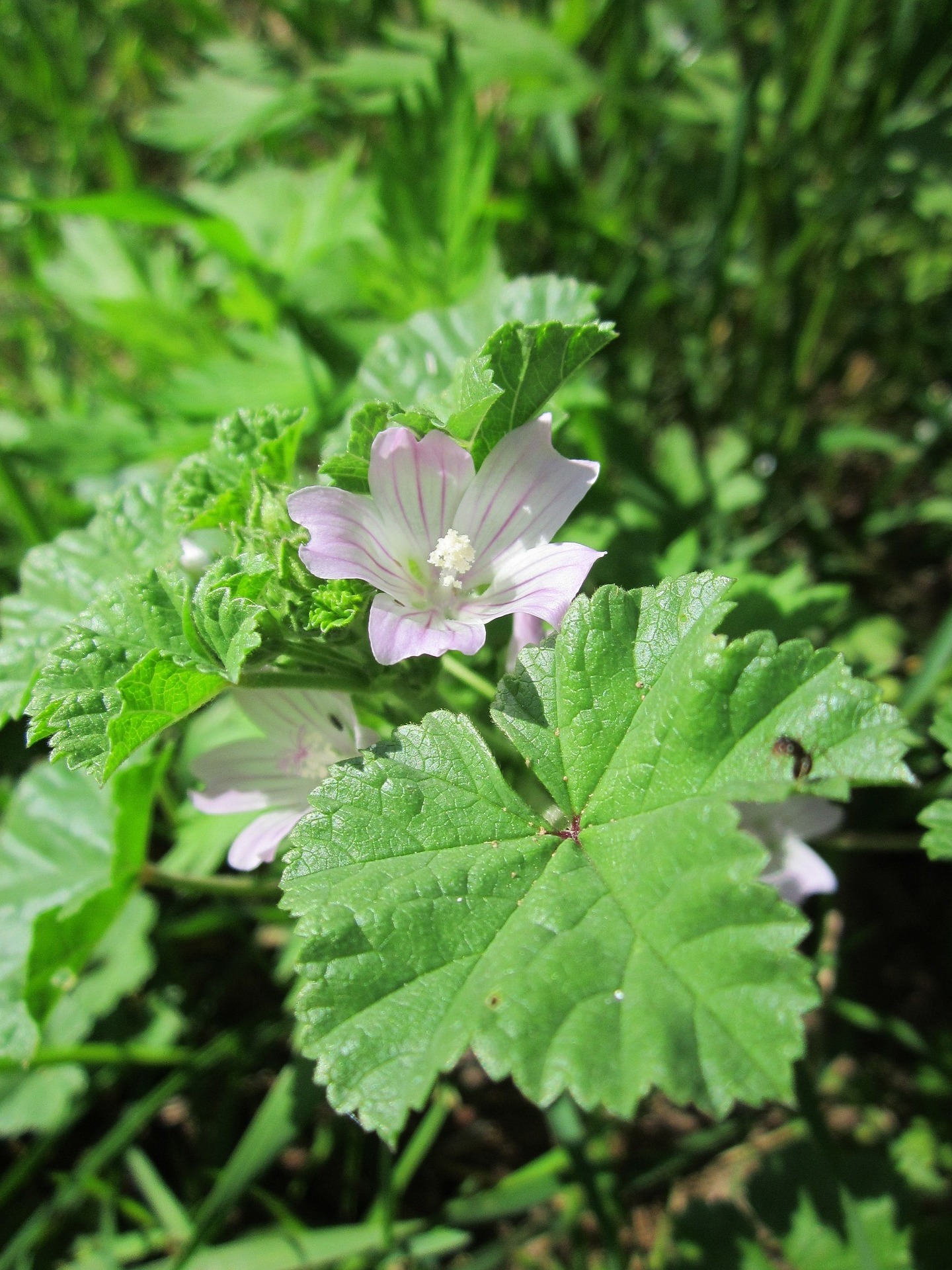
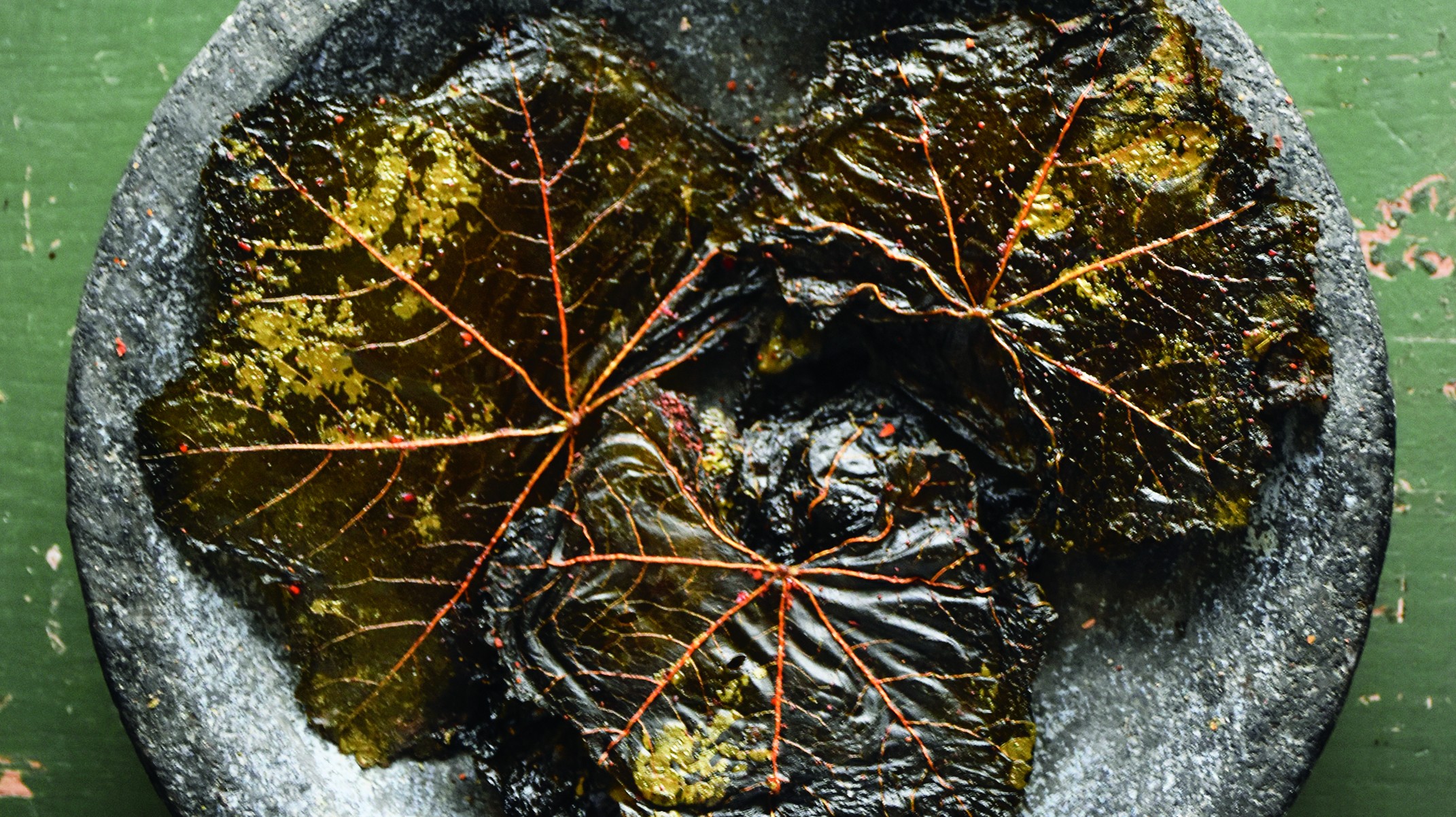
Proceed carefully: Mallow leaves are quite beautiful, but you want to leave them intact as much as possible in the ferment. You’ll need to carefully lay the leaves flat so you can easily remove them to make your chips. You want them to look good, right?
½-pint jar (236 ml)Fermented Mallow Leaf Chips
7 ounces (198 g) mallow leaves
1 teaspoon (5.5 g) salt
2 garlic cloves, chopped
1½ teaspoons (4 g) chili flakes, spicy or not
½ teaspoon (1 g) Curry Blend
2 tablespoons (30 ml) Culture Starter
they can be a bit more crumbled and messier; it’s all good.
Serve right away or store in a closed (dry) container, as they tend to go soft very fast if you leave them out.
Try this with some of your other wild leaves—there are interesting culinary experiments to do!
Purchase a copy of Wildcrafted Fermentation at Chelsea Green Publishing or on Amazon.
About the Author:
Pascal Baudar is the author of three other books: Wildcrafted Vinegars (2022), The Wildcrafted Brewer (2020), and The New Wildcrafted Cuisine (2016). A self-described “culinary alchemist” he leads classes in traditional food preservation techniques. Through his business, Urban Outdoor Skills, he has introduced thousands of home cooks, celebrity chefs, and foodies to the flavors offered by their wild landscapes. In 2014, Baudar was named one of the most influential local tastemakers by Los Angeles Magazine.
